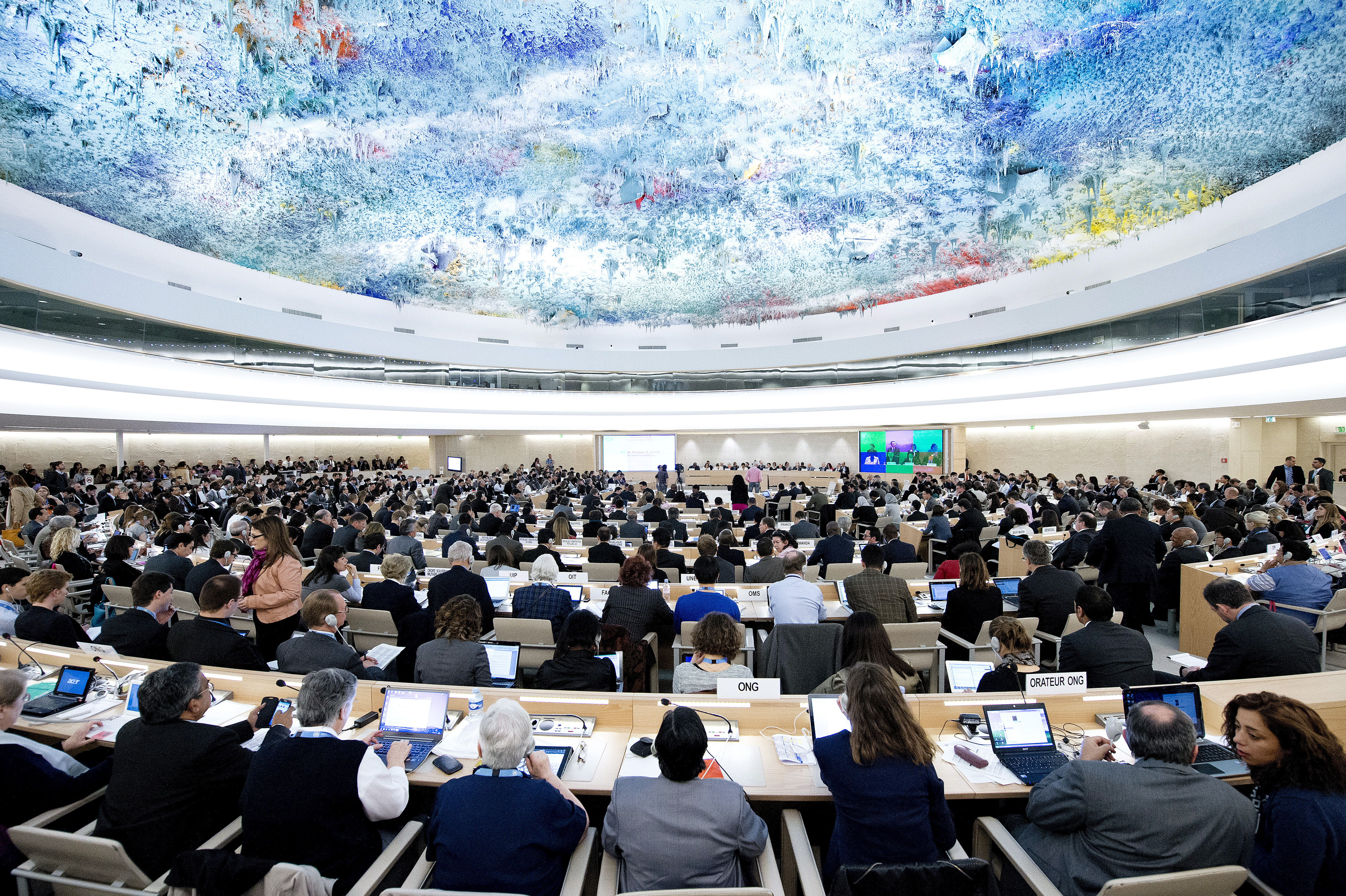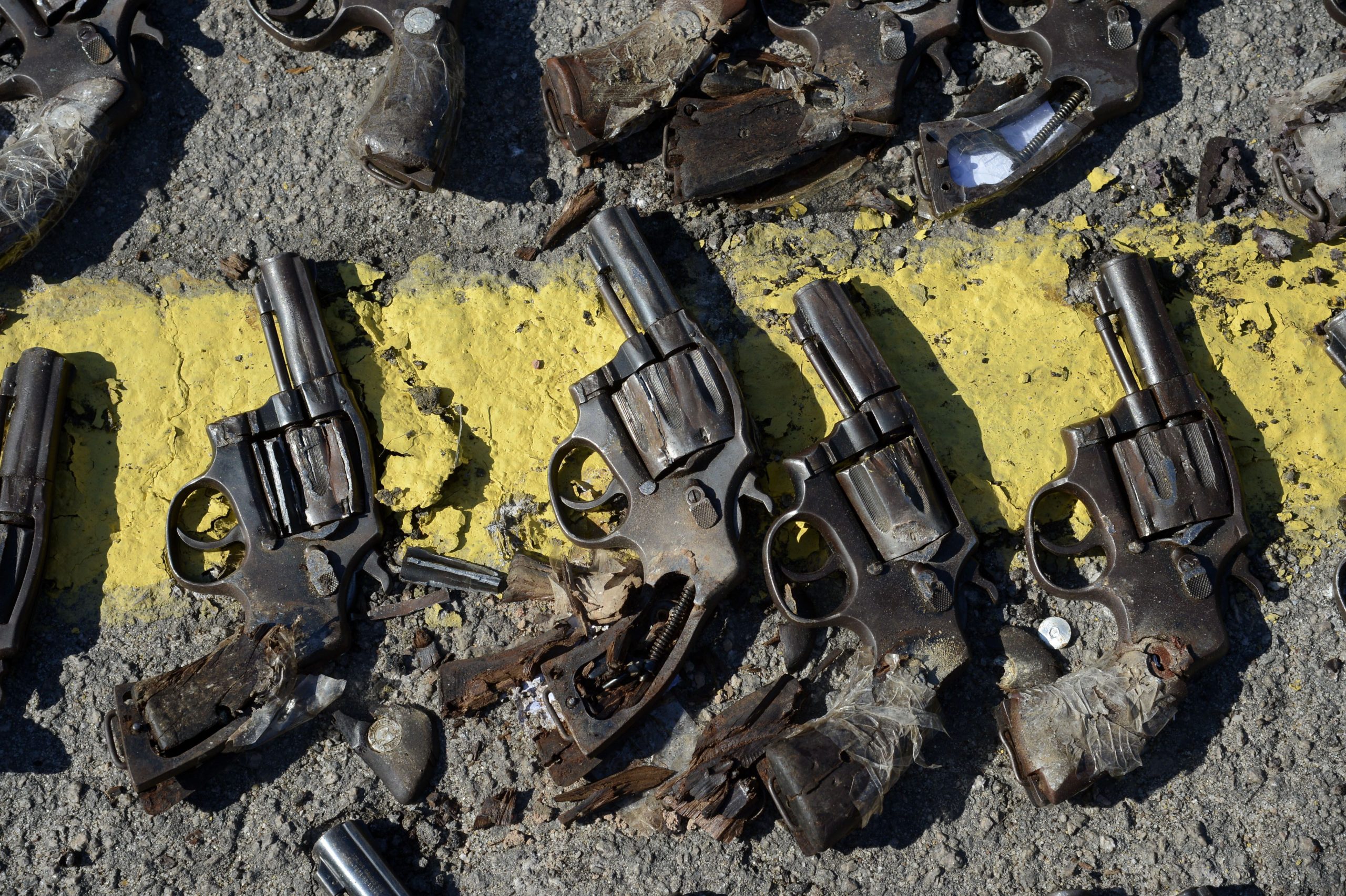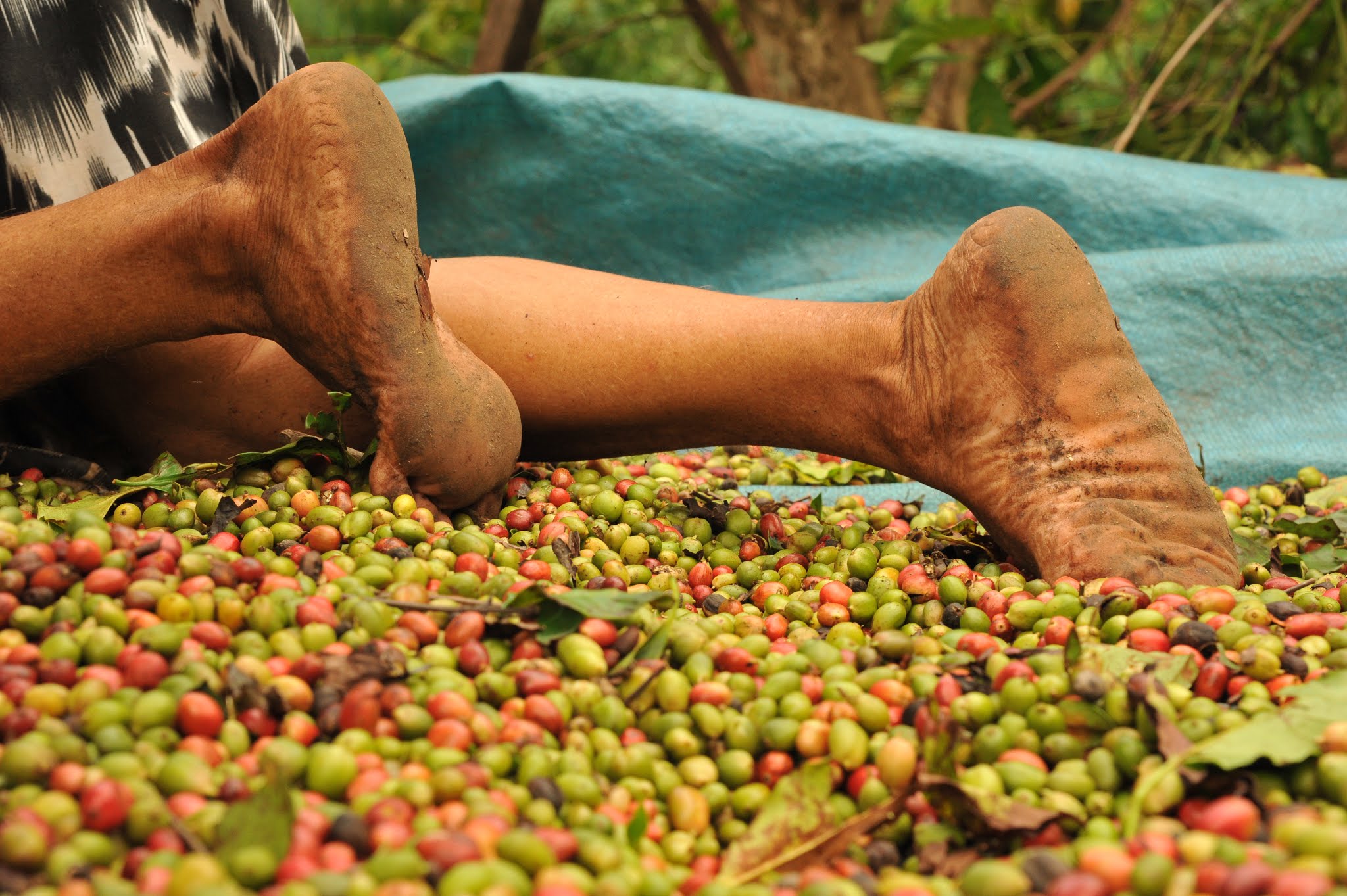How does the UN Human Rights Council work?
This body, currently holding its 47th session, seeks to increase the protection of human rights around the world
 Resolução sobre Venezuela é aprovada no Conselho de Direitos Humanos da ONU
Resolução sobre Venezuela é aprovada no Conselho de Direitos Humanos da ONU
The UN Human Rights Council holds at least three meetings a year and is a space in which different participants can debate on human rights all over the world, with the aim of exposing violators and calling for change. Over the coming weeks, the Council, the headquarters of which are in Geneva in Switzerland, will be holding its 47th session. Due to the Covid-19 pandemic, discussions will be online. See the questions and answers below, to find out more about how this body works:
What is the United Nations Human Rights Council?
The Human Rights Council is a body that was created by Member States of the United Nations with the aim of increasing the protection of human rights in the world. It is based in Geneva in Switzerland and meets at least three times a year (usually in the months of March, June and September) in theme-based sessions. It is also possible to convene special sessions to debate urgent matters.
What are the principal objectives of the Human Rights Council?
The Council debates abuse and violations of human rights in the whole world, in order to expose violators and to call for change. Its actions are intended to contain conflicts in countries by means of international condemnation and critical reports following missions of inquiry carried out by the body itself. It also discusses and develops resolutions on human rights and on specific situations in different countries. Its subsidiary organs include: The Universal Periodic Review (UPR), Special Procedures, the Advisory Committee and the Complaints Procedure. The Council can also set up international commissions of inquiry and fact-finding missions to analyse and respond to human rights violations in order to expose violators and bring them to justice.
Are the resolutions set out by the Council binding?
While not legally binding, resolutions adopted by the Council are important tools in ensuring commitment to international pacts and treaties that Member States have signed.
Who are the members of the Council?
The Council is composed of 47 countries, elected by direct vote by Member States. They fulfil three-year mandates and can be elected consecutively only once. The countries are represented on the Council by their respective diplomatic missions in Geneva. Members are divided into groups, as follows:
- Africa and Asia – 13 members each;
- Eastern Europe – 7 members;
- Latin America and the Caribbean – 8 members;
- Western Europe and Others – 7 members.
These countries have the right to propose and vote on resolutions within the body and must maintain the highest standards in promoting and protecting human rights.
Can non-governmental organisations and other observers participate in Council procedures?
Yes, civil society organisations, like Conectas can participate in Council procedures through the concession of consultative status, one of the main ways for organisations to formally access the United Nations system. Consultative status allows NGOs to register for participation in the sessions.
How can civil society organisations participate?
There are different forms of participation, such as statements at the plenary session; holding parallel events and sending denouncements to UN special procedures. Recently, Brazil has been denounced at the UN by Brazilian organisations on matters like: arms decrees , attacks on indigenous defenders, threats to members of the press, and President Bolsonaro´s conduct during the pandemic, among others.


